It's Just a Pot, Right? Why your planter really matters
The soil and planter combo we select for our plants to live in is the most impactful choice we can make to set ourselves and our plants up for long term success. The right pot and soil mix can make your plant easier to care for, more resilient to change, support their growth, help prevent malformed leaves/stems, can significantly reduce the chances of future issues (such as discoloration, tissue loss, pests or sudden loss of the plant), and even change a plant’s watering frequency to meet your care schedule. That being said, an incompatible setup has an equally impactful ability to create or lead to issues for your plant either imminently or later on.
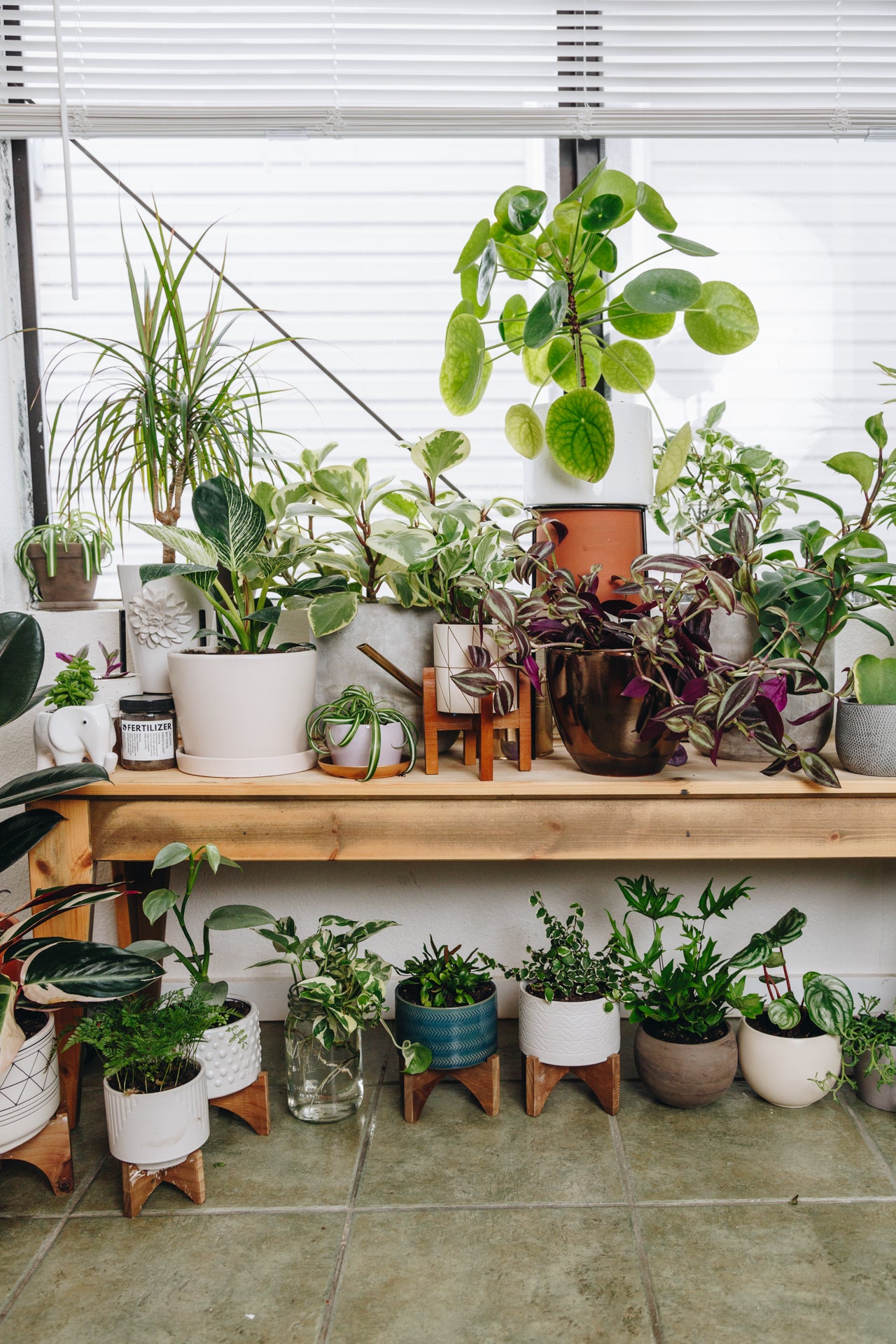
Your plant’s soil and container needs can change and be impacted by external factors like time of year, plant growth, or health status. Learning to select mindfully for all of these factors at each stage of your plant’s life takes time and practice. If the selection is incompatible you could see drastic and fast acting repercussions of the setup manifest at any time; sometimes just days after repotting and others not until years later.
We're here to guide you in selecting planters for your plants’ short and long term health. We will discuss the importance of selecting the right planter during recovery, choosing the correct size for your plant’s roots, and examine the properties and impacts of different planter materials on moisture, oxygen, and thermal regulation in the soil.
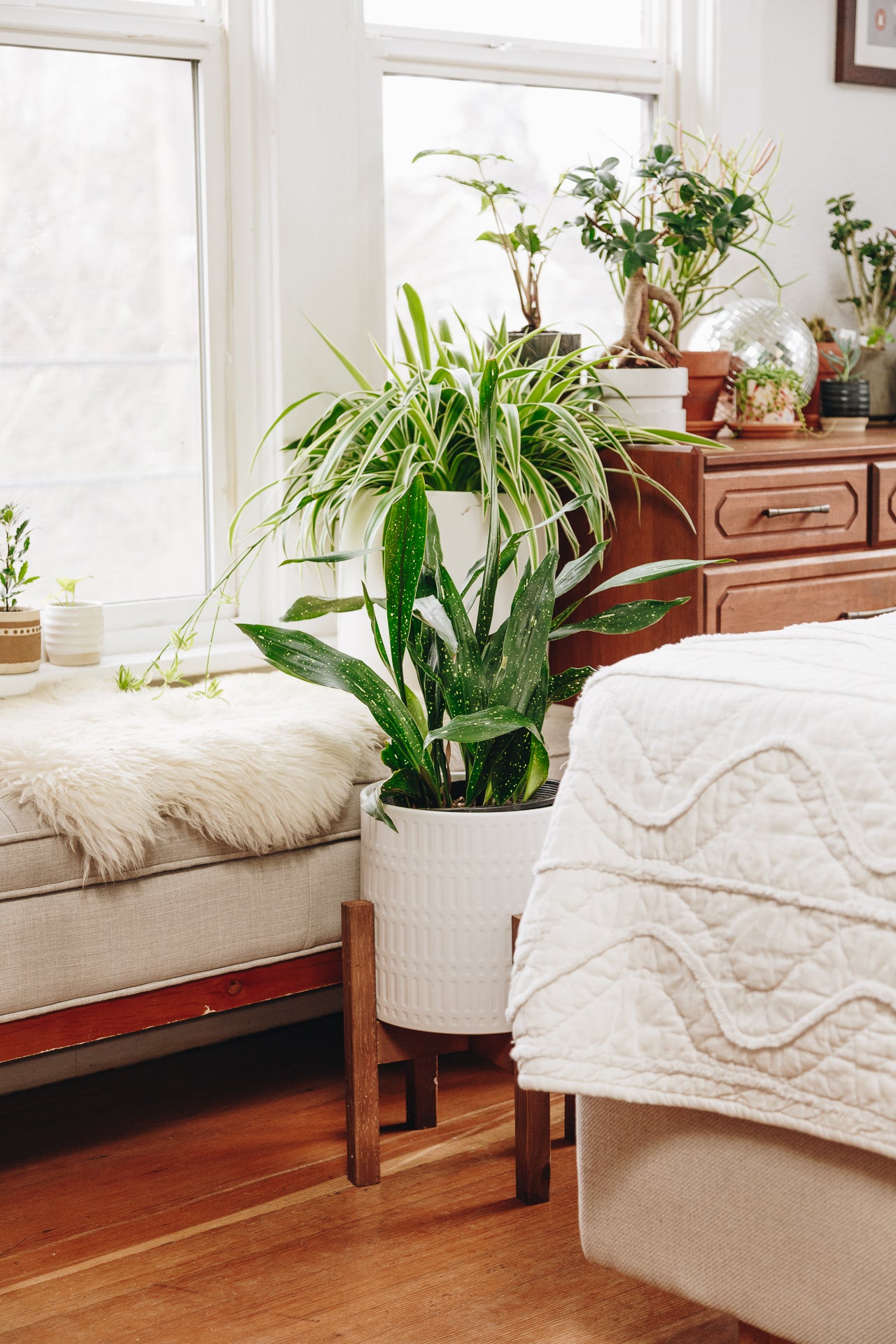
Effects of planter selection on treatment recovery
Most plants have the ability to survive a singular source of stress at any given time (such as outgrowing their pot or getting sunburned) and can sometimes even recover on their own so long as the issue has been identified and corrected before they run out of resources. However, they are not equipped to recover from more than one source of stress simultaneously and will quickly show symptoms of decline or perish without corrective intervention.
When a plant undergoes treatment, (especially when that treatment involves handling of their roots) it takes time for them to stabilize and recover—just like humans. During this recovery period, plants are sensitive and susceptible to conditions they may not usually be susceptible to since they're already using their energy and resources to recover from their existing conditions.
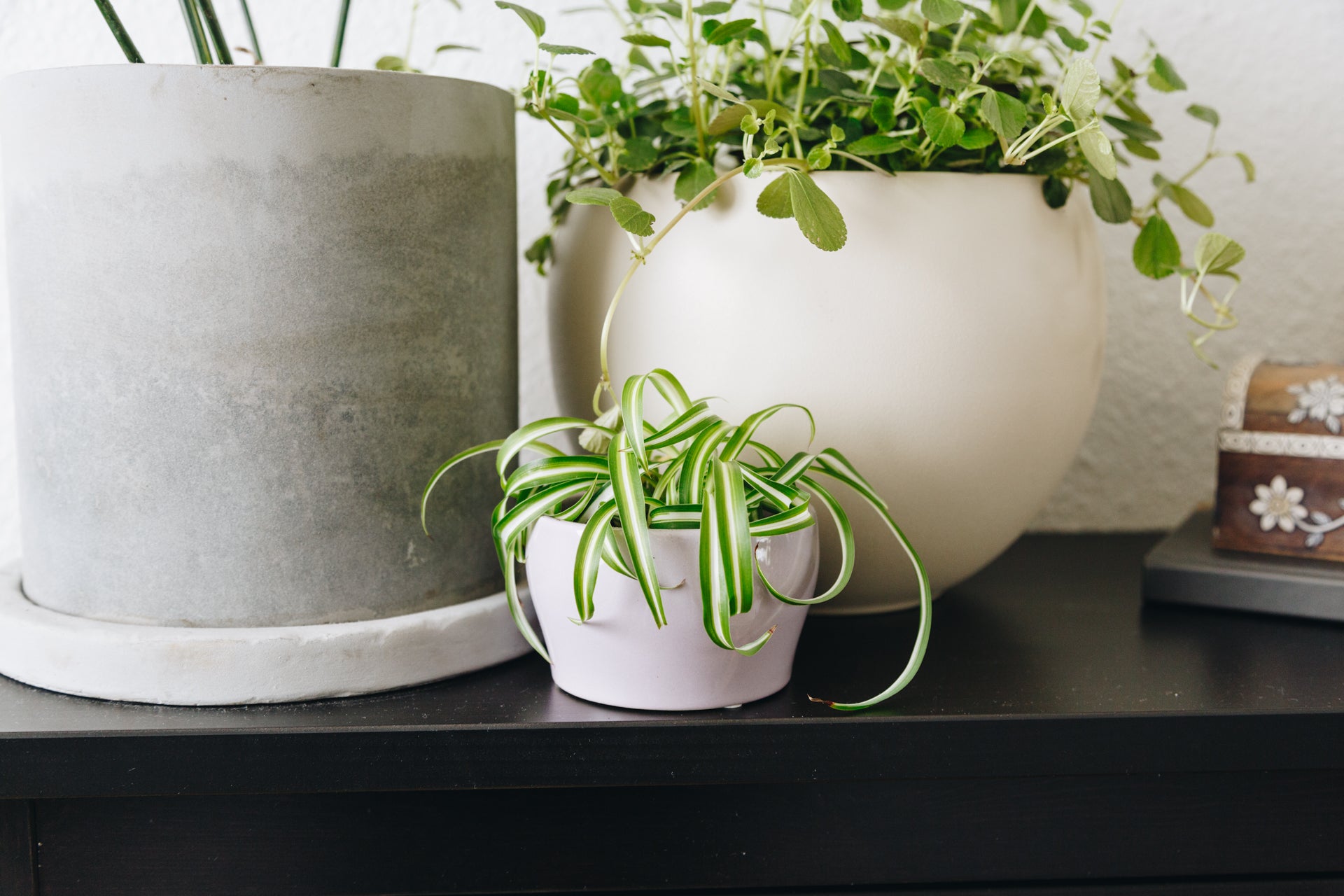
The most common causes of compound stressors we see after plant treatment are thermal and moisture changes. Planters that hold too much moisture or aren't properly protecting the soil from extreme changes in temperature can be the stress factor that tips plants into rapid and often inconsolable decline.
The planter and soil used during this time is critical as they can either greatly help or rapidly hinder your plants’ recovery. Most plants that are kept in stable conditions and are not exposed to any other stress factors will stabilize within just a few weeks and will once again tolerate low level stressors one at a time.
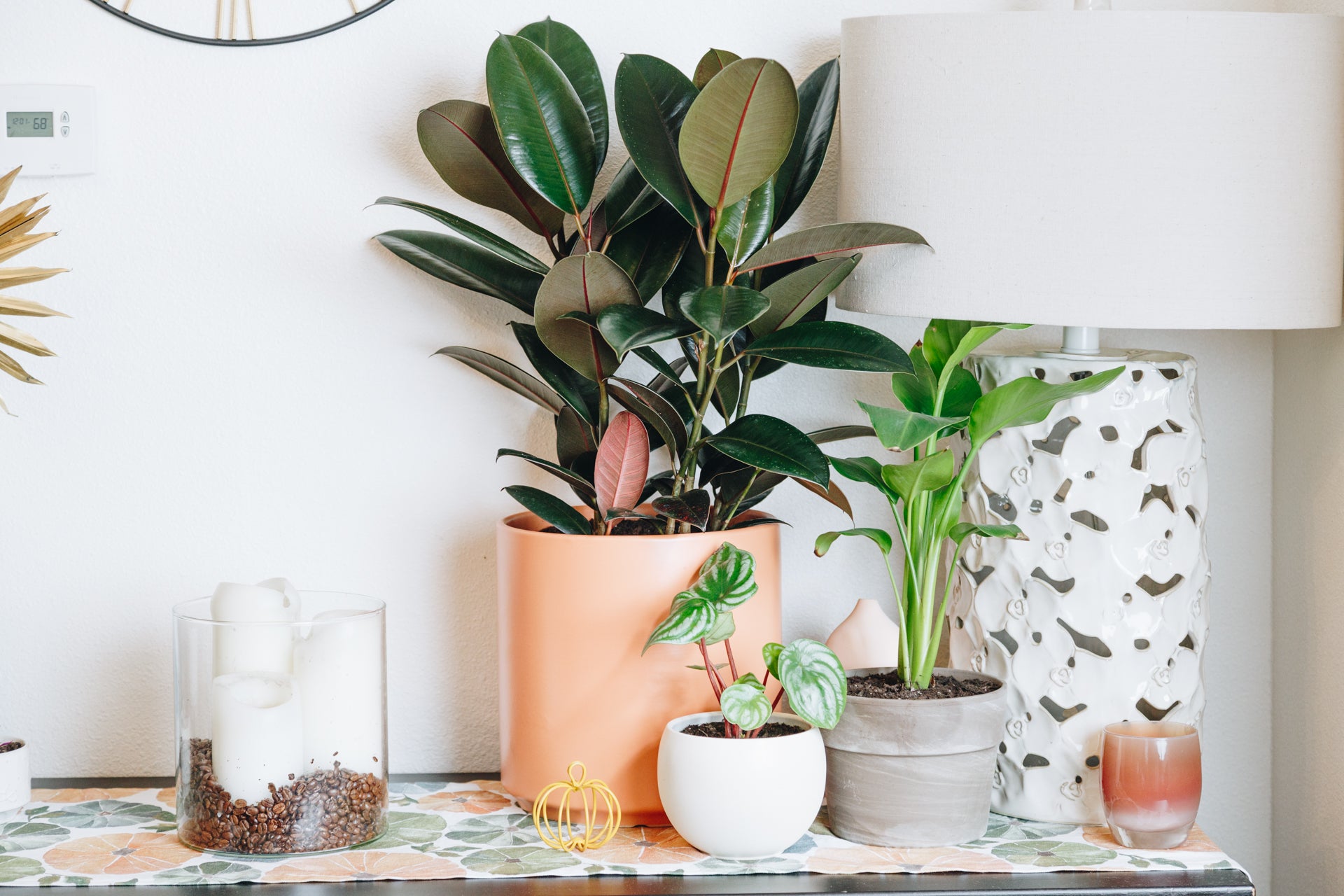
Finding the right size pot for your plant
Think of your plant’s roots like the growing feet of a child. The proper size shoe for their feet at any given time is crucial for the health and development of the child’s feet and posture into adulthood.
We can support healthy even root growth and mitigate risks from a range of issues down the line by checking in regularly and sizing their pot according to the current size of the healthy root mass. Too large of a jump in pot size and the larger volume of soil will hold excess moisture and temperature which makes root decay significantly more likely.
Some common issues related to an incompatible pot/soil combo include: root-overgrowth, root decay, dry rot and binding, malformed growth, discoloration, tissue loss, and pests.
As your plant grows, it's best to provide 1-2 inches of fresh soil around the root ball. We recommend a root assessment every 6- 2 months. Adjust the size of your pot as needed to allow 1-2 inches of new soil space.
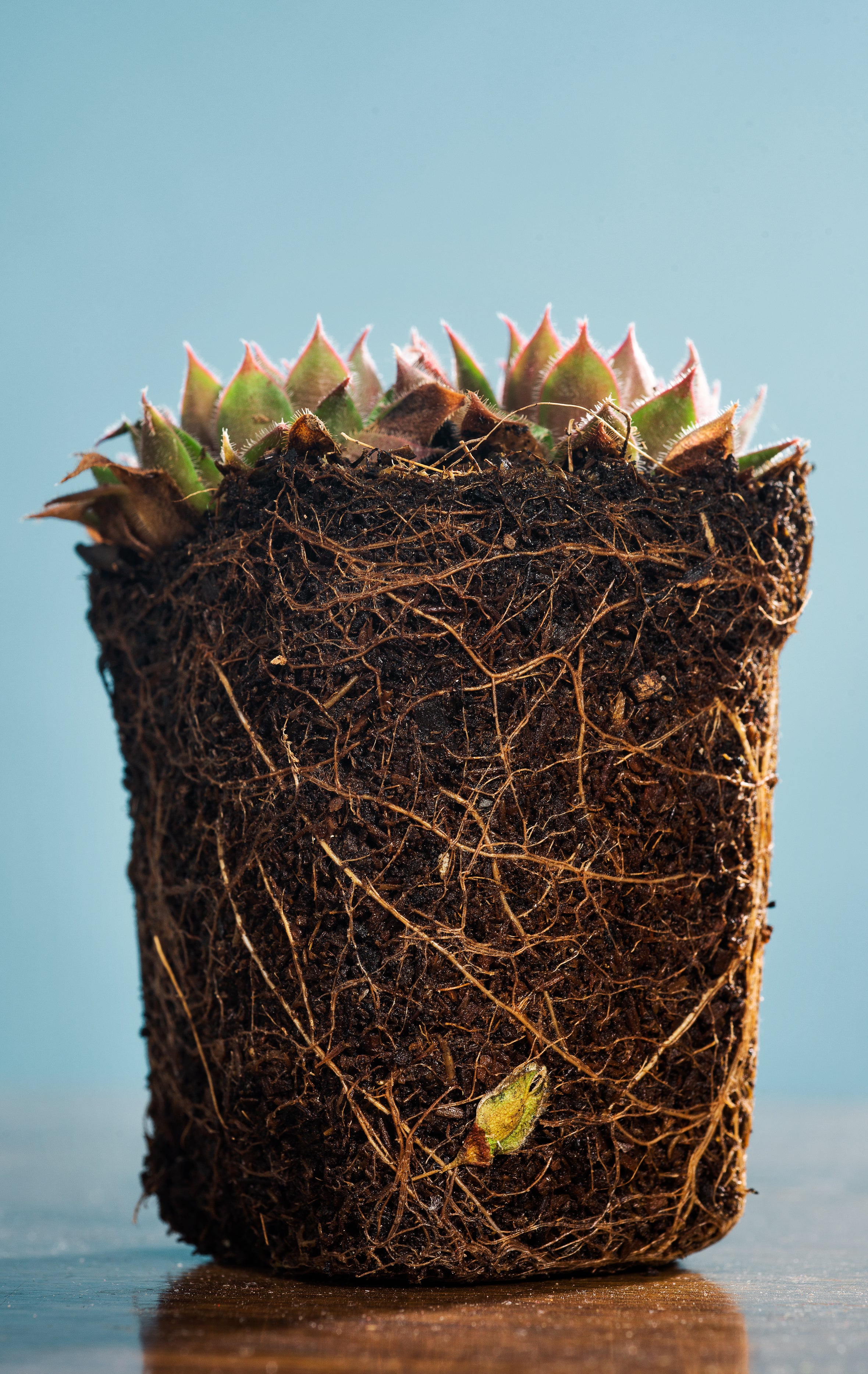
How to tell how big the root ball is
Typically, most healthy plants will go up 1-2" in pot size every 6 months to 2 years. If your plant has undergone root stress (decay, dry rot, thermal shock, or over-binding), the planter should size down in respect to the remaining healthy root ball after damaged and non-viable tissue is removed and treated.
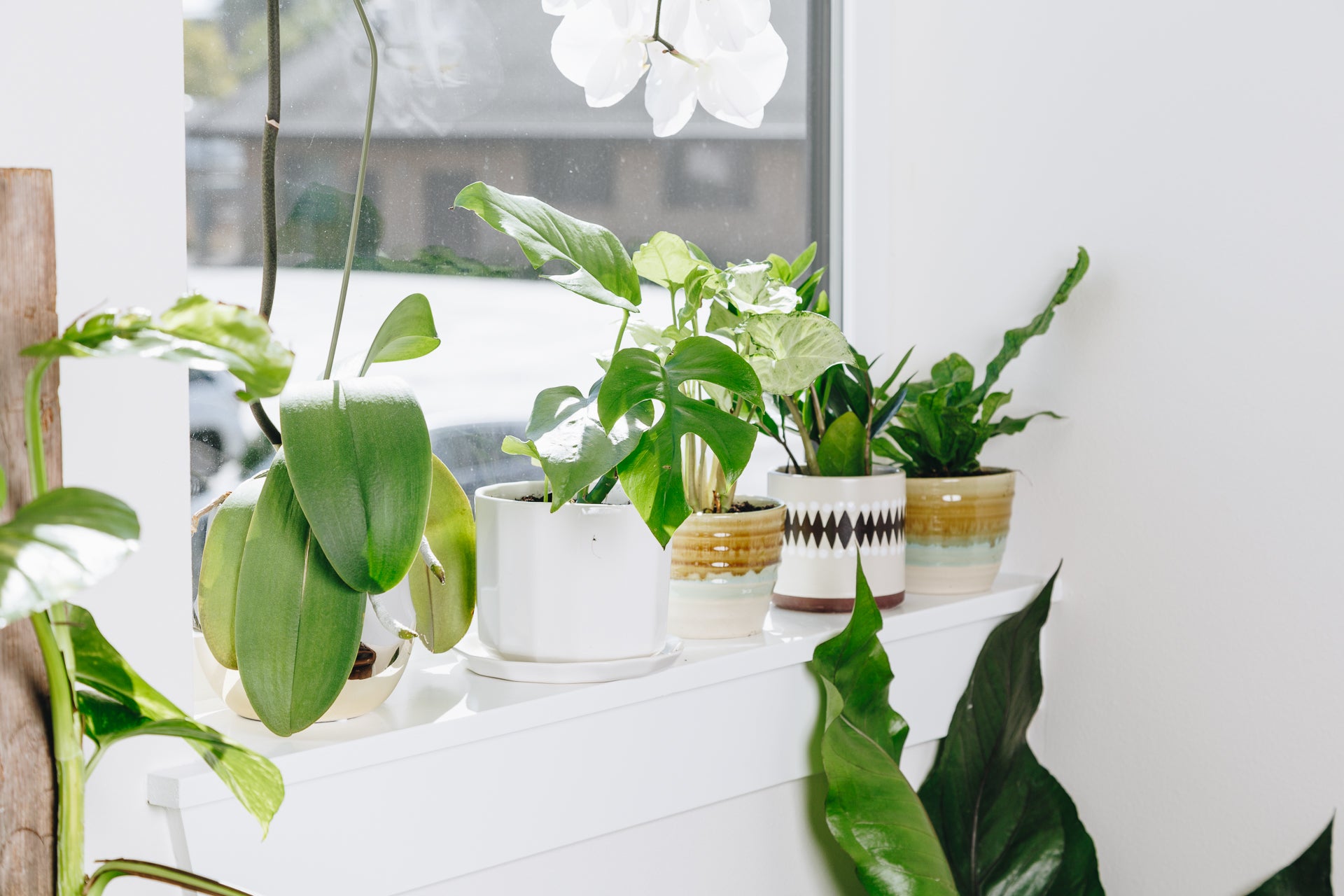
Properties of Planter Materials
Just as the size of the planter influences the health of your roots, the material it’s made of also has a major impact on the environment inside too. Our general recommendation is to utilize thin ceramic planters with a drainage hole. This style of planter is the best for controlling moisture and temperature control indoors. Each material and thickness will have different impacts on a plant’s health and care needs. This section we’ll explore the most common planter materials so you can make informed decisions about what materials may work best for your collection.
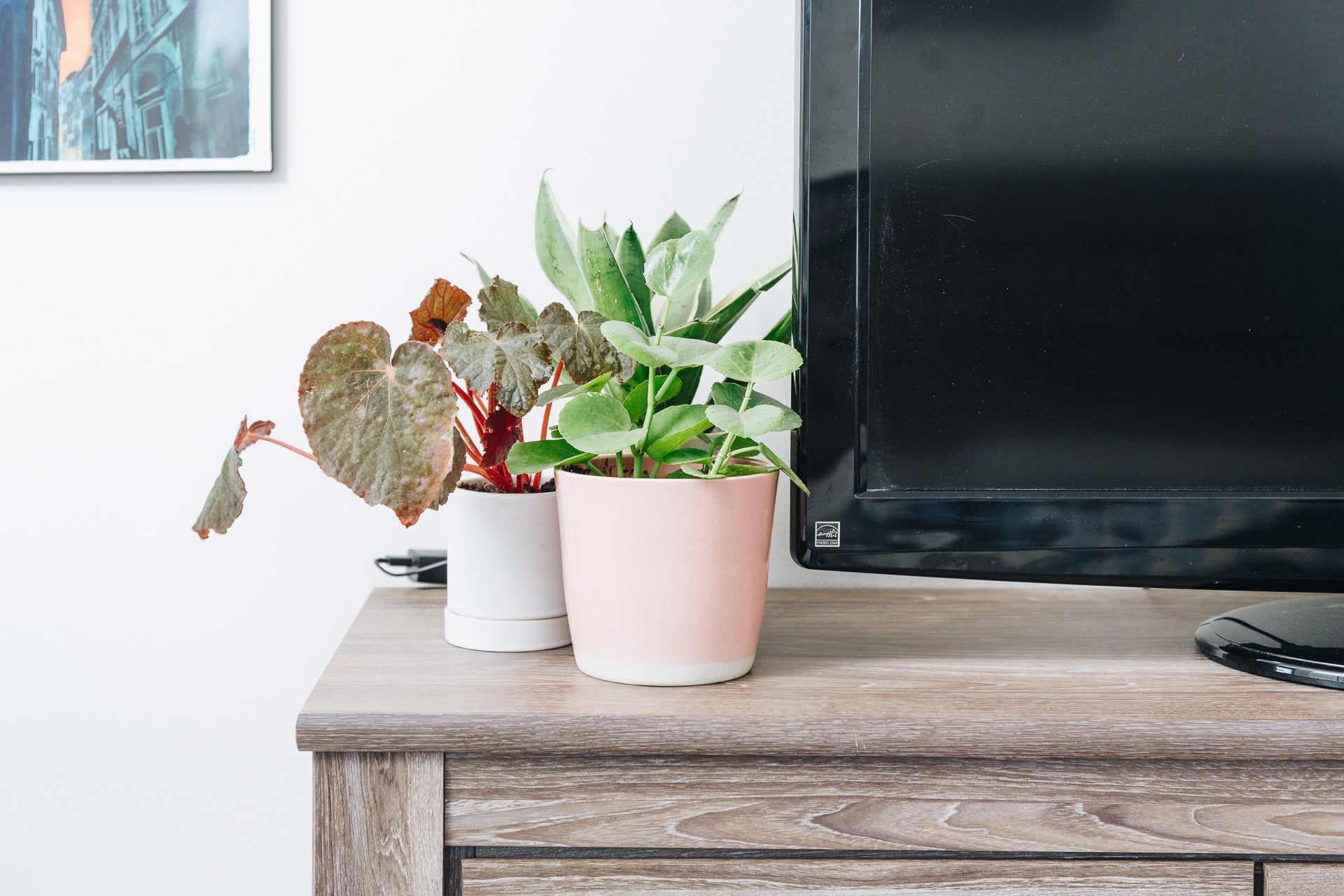
Indoor Slip Cast Ceramic
Slip cast ceramic vessels are generally the best choice for your indoor plants. They are a manageable weight, come in a wide range of decorative options, and the material naturally protects your plants’ roots by insulating the soil inside from both thermal and moisture extremes. The insulate property helps slowly transition temperatures inside the pots when conditions change on the outside world, which significantly reduces the risk of tissue damage and shock in the event of temperature swings in your home or from the climate outside. The ceramic material also helps regulate the soil’s access to moisture and oxygen. The natural material provides some airflow which helps soil dry out evenly and at a constant rate which can slightly extend the time needed between waterings without increasing the risk for rot thus making your plants less reliant on vigilant watering routines.
Nursery & Plastic Pots
Nursery pots are readily available, inexpensive, and lightweight. However they are intended to be short term housing solutions for your plants, similar to the small cups a Beta fish may be kept in at your local pet store. While low cost and lightweight the plastic material when exposed to changes in temperature and moisture break down and seep into the soil and is likely to lead to root stress, over-growth and more likely to attract or activate soil dwelling pests. Plastic is very thermo-conductive so this also means that when temperatures around the pot shift the soil inside is prone to heat up or cool down quickly which can cause stress, shock, or decay in root tissue. We generally recommend repotting plants out of their nursery pot when you bring them home for the best chance at keeping your plants healthy long term.
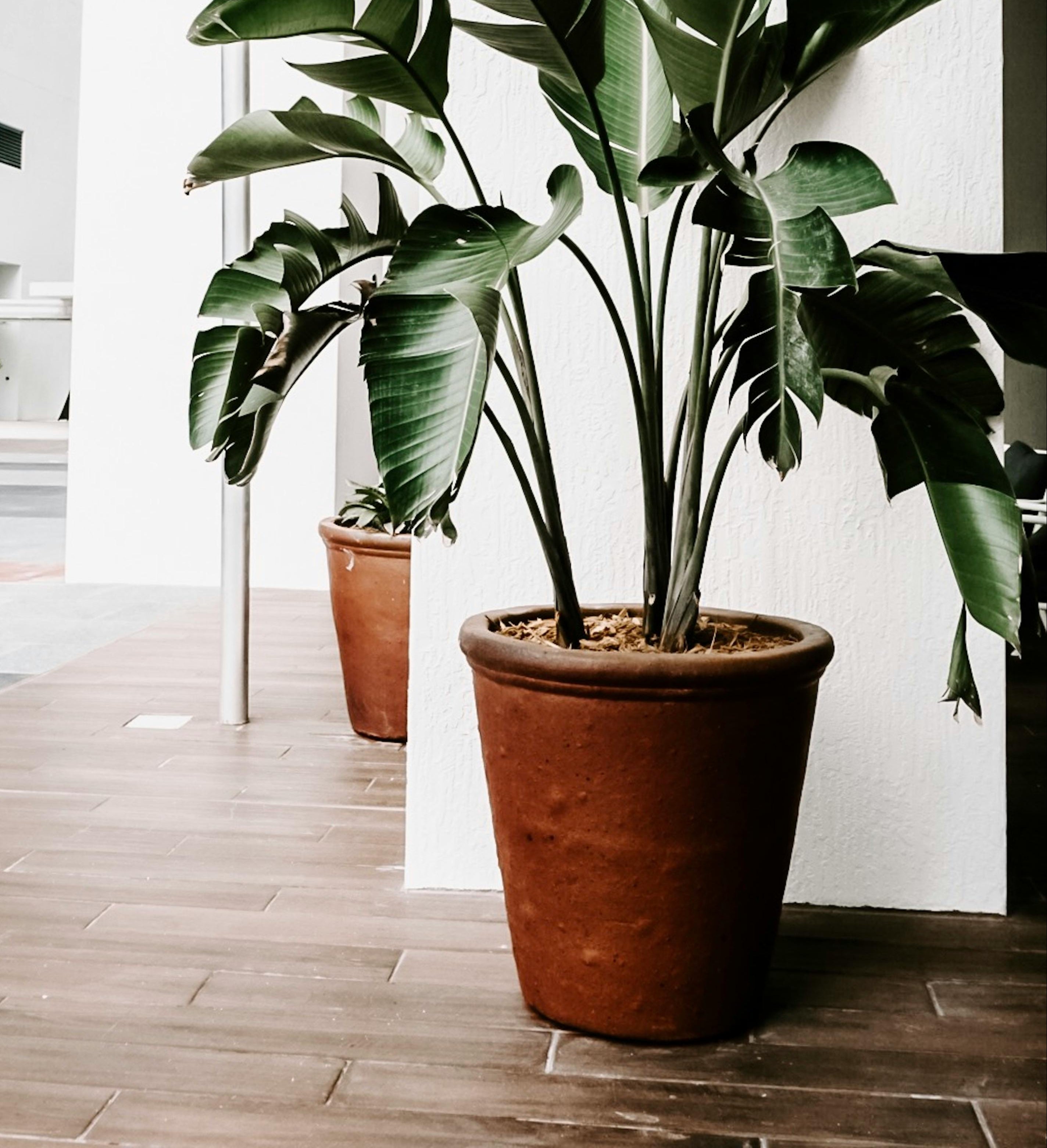
Terracotta & Cement Planters
Unglazed natural materials like clay and cement can have some helpful properties for plant care indoors depending on your goals and care style. Unglazed pots are designed to wick moisture away from the soil quickly, which makes them appropriate in some cases. They can be a viable option for plants that need to dry out extremely quickly or can be good options or caregivers that want to water often. We often limit un-glazed ceramic planters to desert dwelling plants like cacti that benefit from moisture leaving the soil as quickly as possible after watering. For plants that require more consistent watering terracotta and cement will require very consistent and frequent watering to meet their moisture and oxygen needs.
Outdoor Earthenware Planters
Earthenware pots are typically quite heavy, made from dense ceramic material between 1/2" and 1 1/2" thick, and covered in a glassy solid glaze. These extra sturdy planters are designed to insulate plant roots in climate changes for plants residing outdoors. They hold onto moisture for extended periods of time and when exposed to heat will hold onto the warmth long after the sun has set, and designed to withstand freezing so they don’t shatter when temperatures outdoors dip below freezing. While these qualities are helpful for your herb garden outside, earthenware pots are rarely an appropriate choice for plants living indoors. Their weight and thermal/moisture holding properties are common causes for root decay and other forms of root stress.
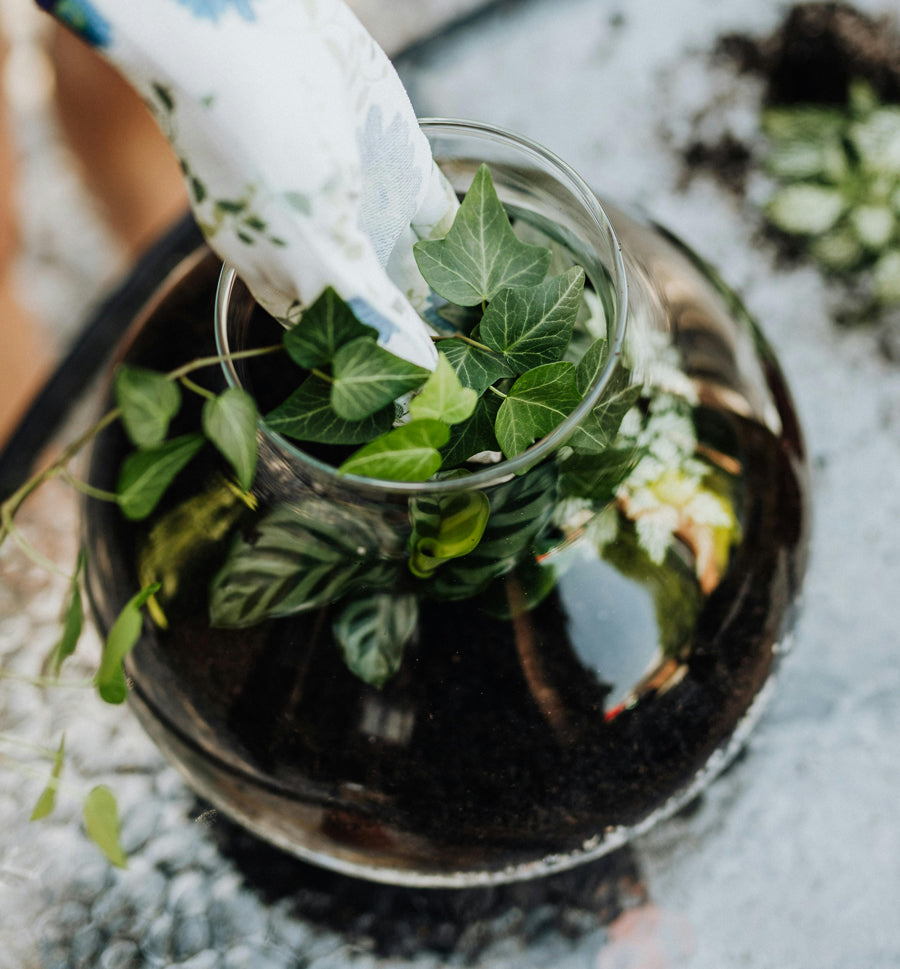
Glass, Metal, and Wood Vessels
There are a variety of alternative planter options on the market as well. Glass planters can be useful for terrariums or cases when many small and compact plants are housed together. However glass is very thermo-conductive and can make your plants vulnerable to acute temperature changes. Metal planters are not recommended. They are extremely thermal conductive and prone to producing rust or other contaminants that can stress and damage roots. Wood planters have a tendency to hold moisture and can be viable options for moisture loving plants like fern, however they decompose quickly and need replaced regularly.
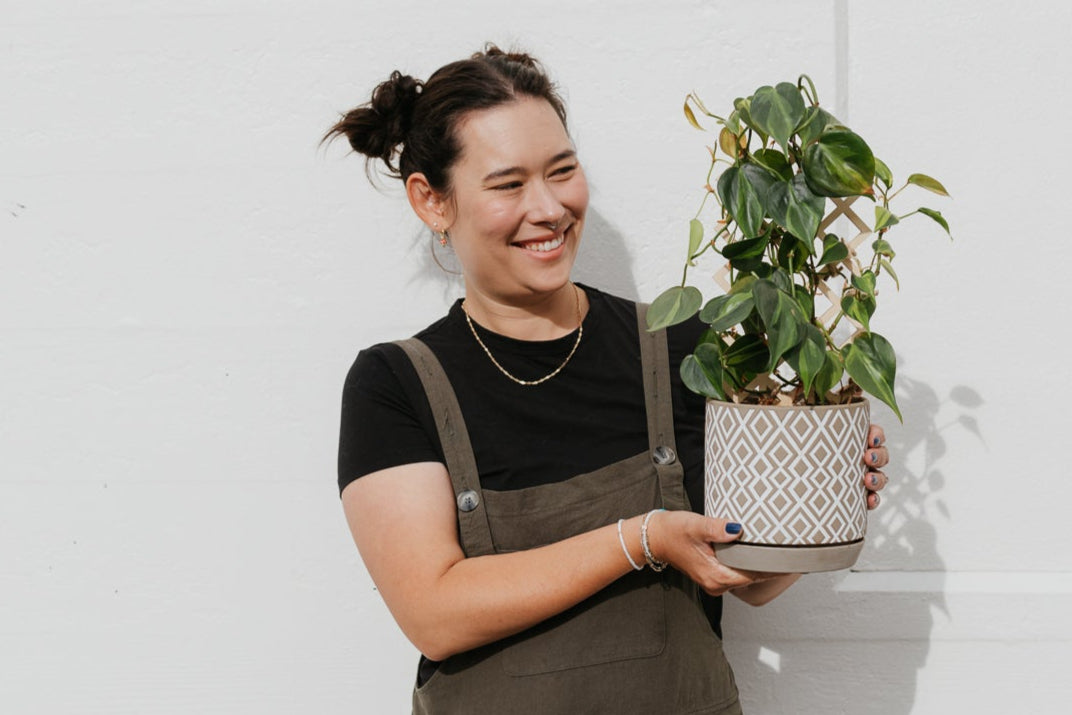
We're here to help!
If selecting the right planter for you feels overwhelming we're happy to help! Call or text us at 206-789-0710, email info@urbansproutsstore.com, or stop by the shop! We're open every day 10-6.




